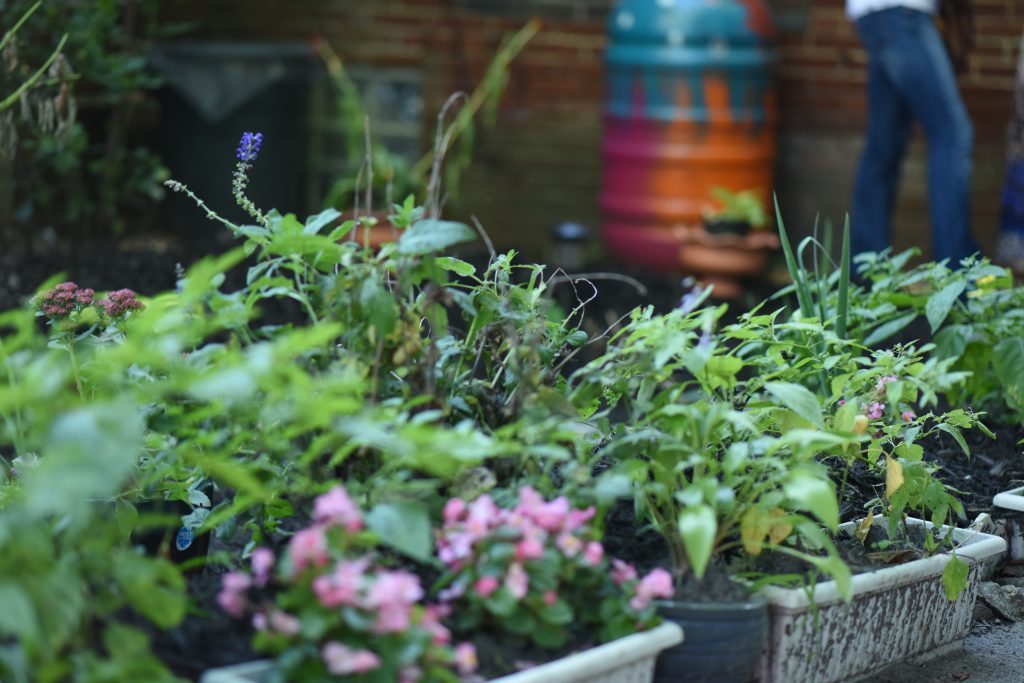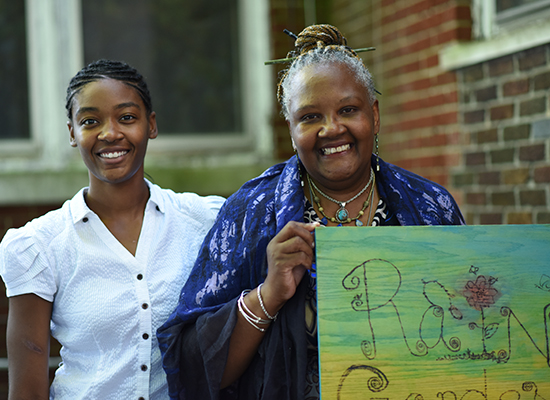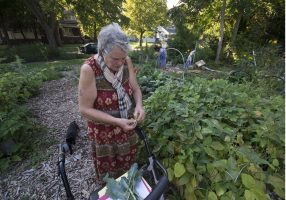Empowering residents to lead resilience efforts is critical to developing solutions that are responsive and relevant to all members of a community. That’s why we are partnering with community-based organizations like Eastside Community Network (ECN) in Detroit—an organization that values the expertise and voice of residents in all aspects of their work—to implement innovative green infrastructure projects that directly respond to urgent needs of the city’s lowest income communities.


Through our Partnership for Resilient Communities, we’re connecting ECN to resources, opportunities, and experts to ensure they can respond to the critical issues residents are facing on Detroit’s Lower Eastside, an area that has been the site of extreme flooding, molding, sewage back-ups, and water shut-offs resulting from severe storms and the city’s bankruptcy. The neighborhood’s flooding, which can pour in knee-deep levels of unsanitary sewage water into residential basements, has become a public health issue, making residents eager for solutions. In response, ECN banded with leaders from around the district to author the Lower Eastside Action Plan, to “tackle massive disinvestment and social inequity plaguing the community.” Using the principles from their Neighborhood’s First Engagement First Model, a national training tool on developing community-led practices, they identified a series of initiatives to address flooding, including the creation of rain gardens.
Meet the pioneering master rain gardeners who are helping to alleviate flooding and spreading the word about green infrastructure to their neighbors.

Name: Oyin Zuri (Ms. O)
Neighborhood: Jefferson Chalmers
Tell us about your garden!
“My rain garden will also act as an educational medium for teaching the community about the storm water system, rain gardens, and benefits of green infrastructure. It will act as a catalyst to teach them how simple and beautiful it can be to have a rain garden on their own properties, which in turn will help mitigate the overall problems of stormwater management in the area. These gardens will also help with the blight problem by beautifying unused spaces.”
Name: Deborah White, of the community group Cheryl’s Garden
Neighborhood: Jefferson Chalmers
Tell us about your garden!
“My rain garden will be part of a larger garden project we are installing with 12 raised vegetable beds. We will plant native plants to attract butterflies and other wildlife, which also are good at helping water get into the soil. This will impact the neighborhood by removing blight from a formerly unused lot, providing community space, and promoting the use of rain gardens, while keeping water out of the sewers and street.”
Name: Donna McDuffie
Neighborhood: Chandler Park
Tell us about your garden!
“I am going to install several rain gardens around my home. One will be in the back, taking water off the garage and back half of the house after passing through a rain barrel to collect excess water. Two will be in the front to drain the front half of the roof, and will also do a long stripe down the median by the road to take pooling water off of the driveway. This project will impact the neighborhood by taking some of the standing water off of the street and driveway, keeping water out of the sewers, and providing a visual example of what rain gardens can look like. They can absorb thousands of gallons of rainwater per year and keep it out of the sewer system!”

Name: Nicola Binns, of the community group Marlborough Essex Culinary Corner
Neighborhood: Jefferson Chalmers
Tell us about your garden!
“This is a first stage of a children’s garden project, which will be used to teach and show children all about plants, trees, birds, and butterflies along with food-growing skills. We will also focus on the importance of water in our community and the benefits of rainwater collection instead of it going into our sewers and overflowing pollution into the river.”
